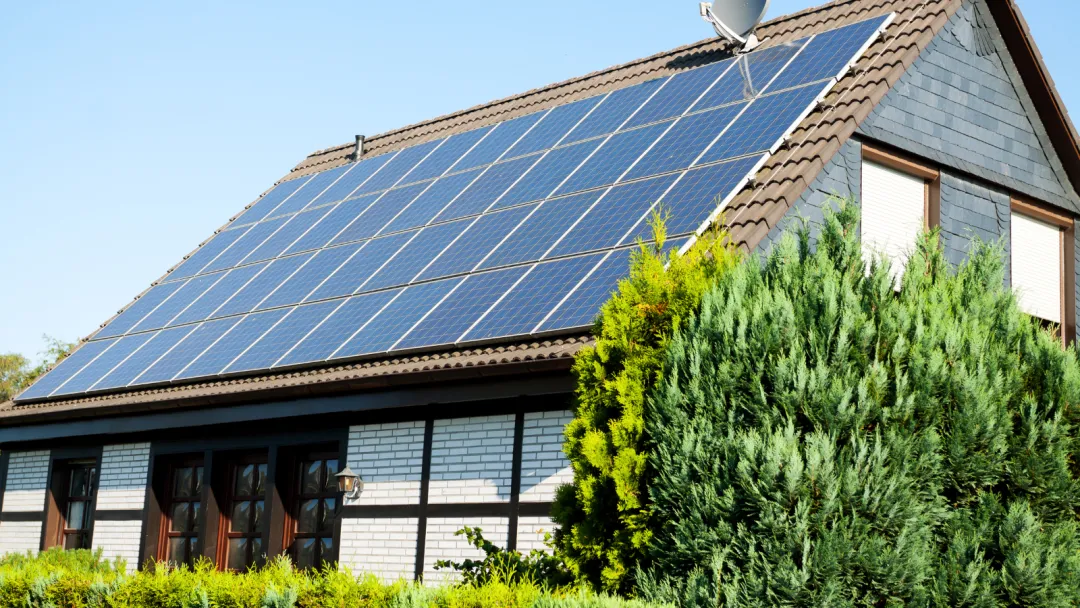Renewable energy: rural areas can be the EU’s green powerhouse
Rural areas hold the highest untapped potential of renewable energy production – nearly 80% – and could produce enough to meet the total energy demand of the EU. A recent article by Lewis Dijkstra, Team Leader for Urban and Territorial Analysis at the European Commission’s Joint Research Centre (JRC), outlines the challenges and advantages of green energy production in rural areas.

Image by justhavealook on Canva
The article sets out the key messages of a prior JRC study on ‘Renewable energy production and potential in EU rural areas’ (2024). It highlights that active involvement of local communities from the early stages of renewable energy projects is key to fostering acceptance and successful implementation. The article overviews the role of energy communities – a growing trend across the EU – allowing local retention of the generated benefits, while also promoting democratic participation and citizen engagement.
Additionally, the article emphasises the key role that rural areas play in renewable energy production, by:
- generating the largest share of green electricity (72%) from solar photovoltaic, onshore wind and hydropower;
- holding highest untapped potential of renewable energy production (nearly 80%).
Nevertheless, it calls for selecting the ‘right technologies’ that account for the diverse characteristics of rural areas across the EU and for addressing local community concerns to foster acceptance.
Explore the latest Rural Pact resources on the topic of energy.